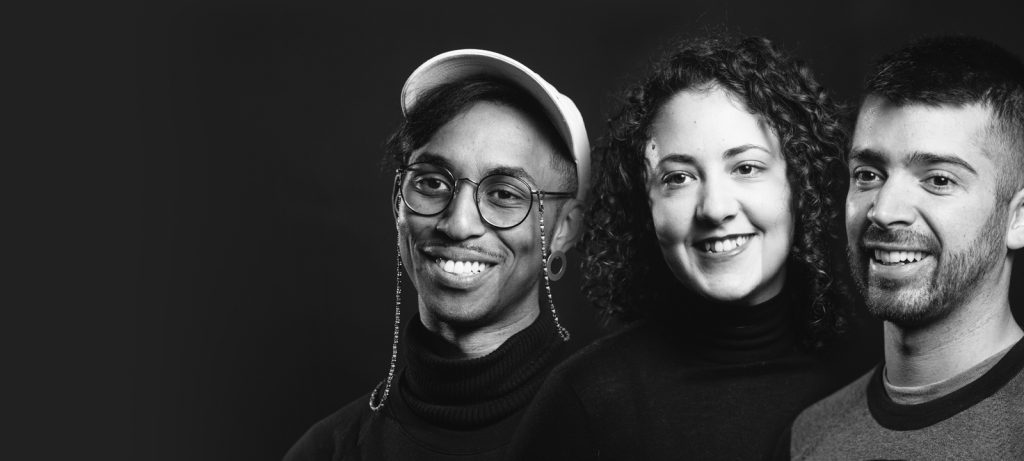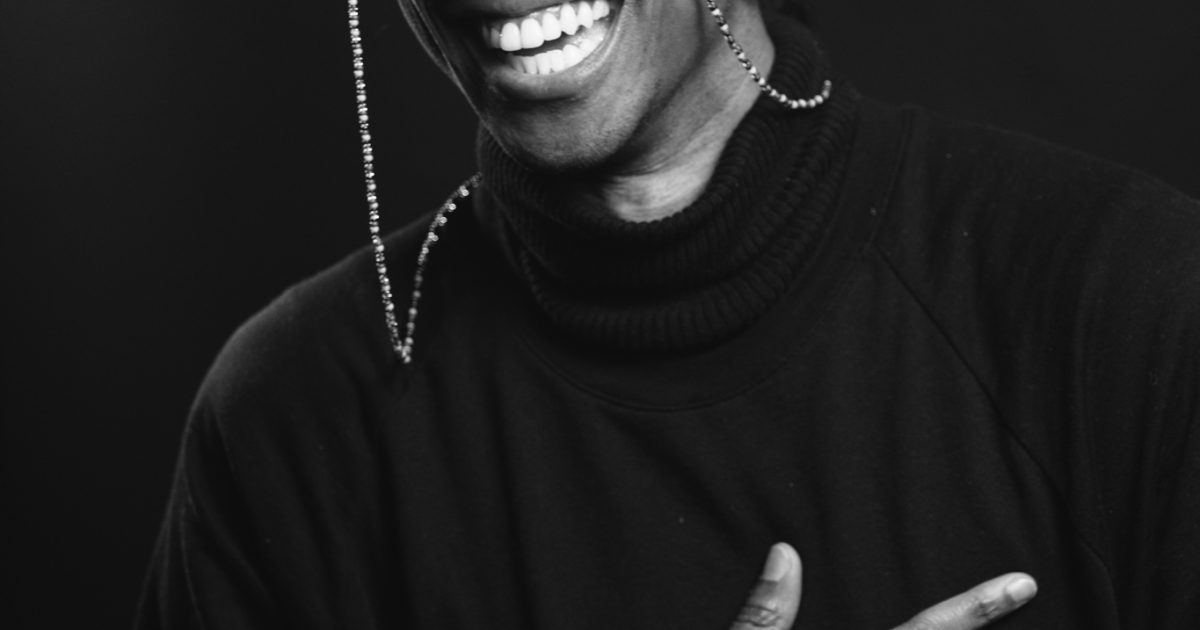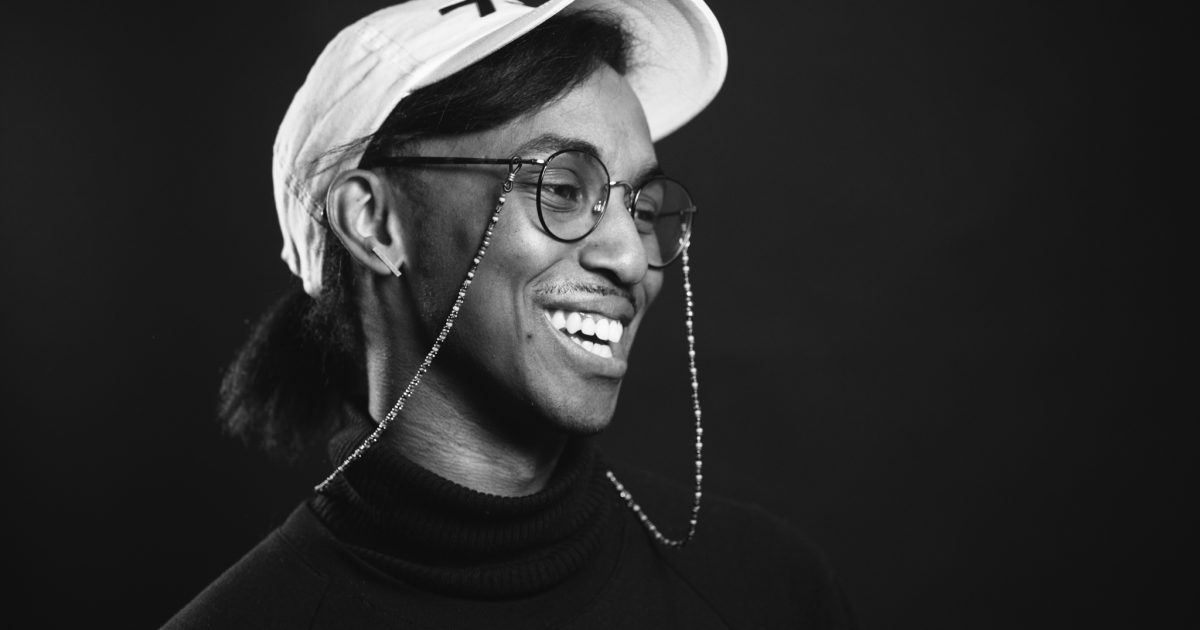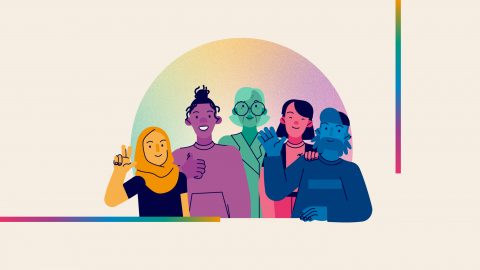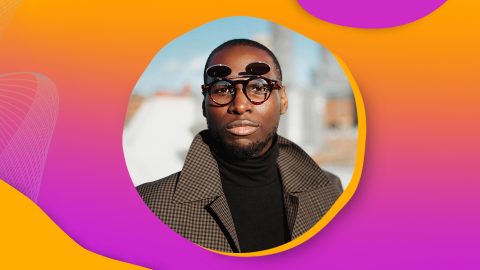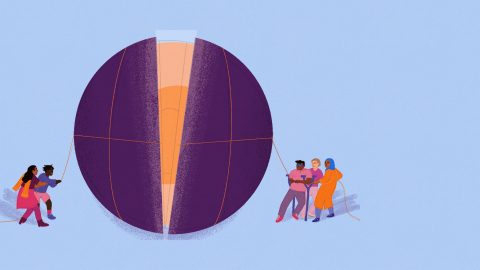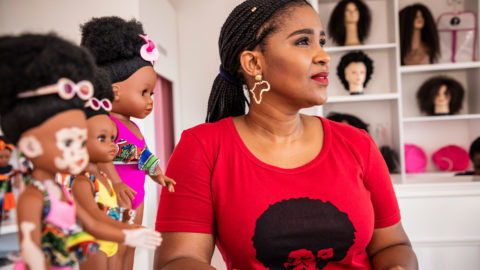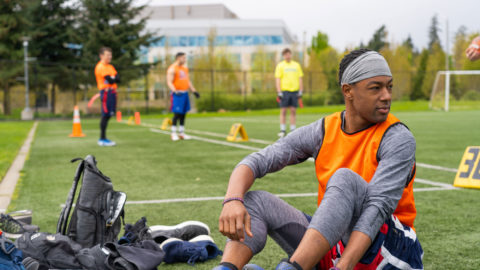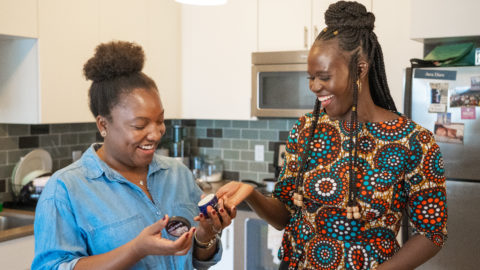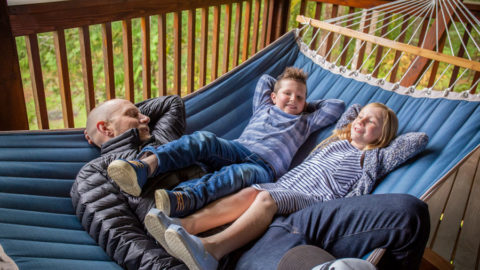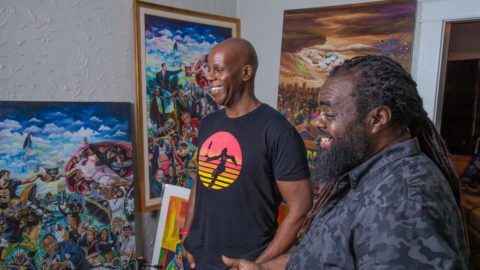How early career designers shape Microsoft products
Are you a designer? Be part of the next big change…
Once every 10-15 years, there’s an evolutionary leap in the software industry—a jump that isn’t as big as fish leaving the ocean for a terrestrial existence, but one that is still significant. Michael Gough, CVP of Design for the Applications and Services Group (ASG), says, “We just spent 30 years teaching people to think like computers, and we are on the verge of spending the next 30 years teaching computers to think like people. To be on one of the teams that’s focused on creating that new relationship is pretty exciting.”
Gough was involved in the previous major change in the computer industry, and now, as a design leader at Microsoft, he’s “in exactly the right space and the right time to be involved in the next one.” And so are the members of his team.
“There are two or three companies on the planet right now that are going to determine the future of human-computer interaction.”
In fact, Gough’s organization is poised to hire many new designers to contribute to this endeavor. This CVP characterizes his group as people who have “a lot of positive energy—everyone likes each other and they like working together. They’re energized by the current work.
“There are two or three companies on the planet right now that are going to determine the future of human-computer interaction. Microsoft is one of those companies, and might just be the leader,” he says. Early career designers who are hired into his group will have an opportunity to participate in shaping this future.
Within this dynamic environment, you don’t have to be a veteran employee to carry influence. Enrique Dominguez, a user experience (UX) designer who’s been with the company since the spring of 2014, partners with senior project managers and finds that it never gets old when they “take your idea and pitch it to their partners and their bosses.”
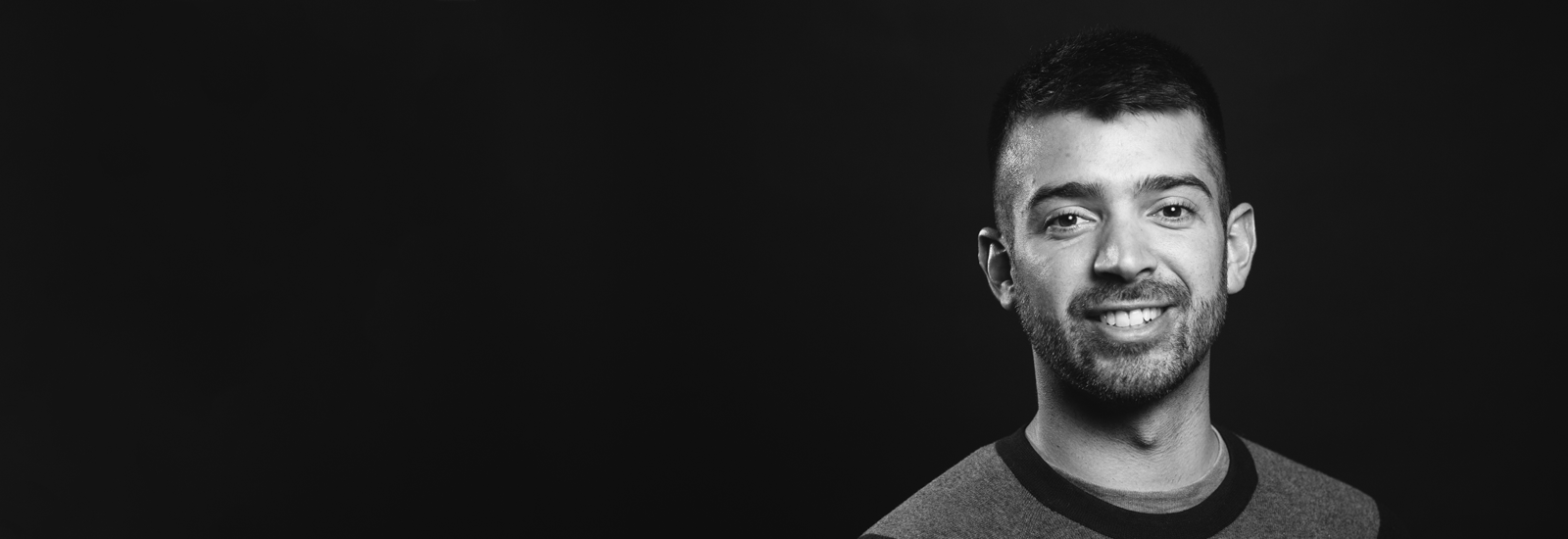 This UX designer appreciates how his team “covers a lot of ground.” They’re redesigning the framework of Office from beginning to end—so the motion designers, the icon team, and the color team all work together to make the product coherent. They’re invited to meetings so they’ll develop “a deep understanding of the product.” And sometimes, what they learn in those meetings “seems loosely related” to what they’re working on, but then suddenly, they’re looked to as the experts. “At the end of the day, you have to come up with the right design answer, and it will affect millions of people,” he says.
This UX designer appreciates how his team “covers a lot of ground.” They’re redesigning the framework of Office from beginning to end—so the motion designers, the icon team, and the color team all work together to make the product coherent. They’re invited to meetings so they’ll develop “a deep understanding of the product.” And sometimes, what they learn in those meetings “seems loosely related” to what they’re working on, but then suddenly, they’re looked to as the experts. “At the end of the day, you have to come up with the right design answer, and it will affect millions of people,” he says.
Brandon Foy, a motion designer who works with Dominguez, likes that at Microsoft he has “the privilege of being able to experiment, think outside the box, and solve problems—designing ways to help people be productive.” His favorite projects are the ones where he has “no clue how to approach it or solve it.” In those situations, he and his teammates collaborate to get the job done. He works with “amazing, talented people” who care about what they’re doing, in a “super nurturing” environment. “Everyone wants to see you do well,” says Foy.
But the best part of his job is the opportunity to learn. “I think some people forget that if you stop learning, you stop living,” he says. He’s felt empowered working with so many smart people. His biggest lesson has been “to learn how to listen, and take in ideas, and then present them in a way that other people can benefit.”
He’s also learned from mentors. The most memorable advice? “Trust your instincts when it comes to design and animation, so you’re not second guessing yourself. But keep in mind you have to be open to change and criticism.”
When a friend expressed interest in joining the team, Brandon told her that everyone he works with has a lot of respect for each other, and that “everyone acknowledges strengths and weaknesses, and pulls together to make each other better designers.” He also described his manager, who’s crafted a team that’s invested in what they produce. “It’s amazing to have a manager who cares about not just the work, but about you and the impact you can make,” he says.
The Envisioning Team is also part of ASG; the group creates prototypes on the future of productivity. They’re responsible for running the “Envisioning Center” within the 3000-square-foot Executive Briefing Center (EBC), which shares those prototypes with C-level executives and internal and external partners. They also create “future productivity” videos that are released for internal sales teams. (Those also get shared publicly.)
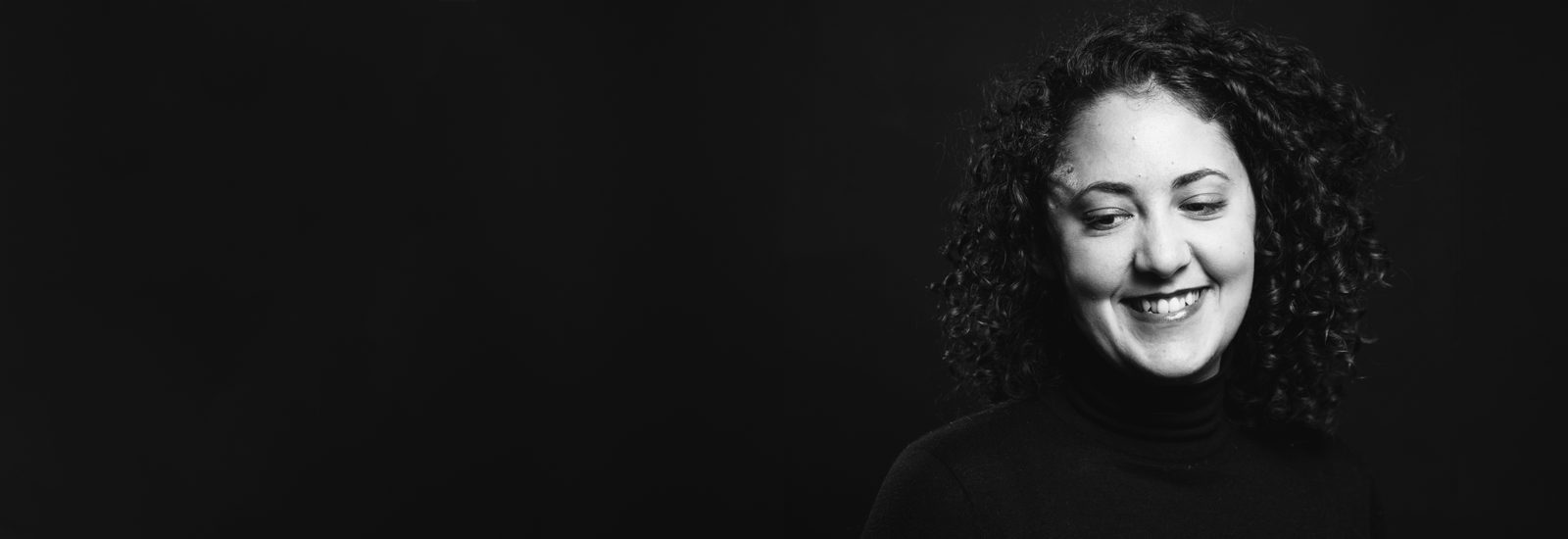 Daniya Ulgen is an interaction designer on the Envisioning team. She has a unique job on a small team that is “all about conversations.” Her team doesn’t ship products to customers. They gather information from different sectors—business, plus cultural and technological trends—and then use what they’ve learned “to synthesize a vision for where things are going, and produce prototypes to explore how technology can make that vision a reality. ” This job fits with her personality because she’s “always been an avid observer of systems and human behavior.”
Daniya Ulgen is an interaction designer on the Envisioning team. She has a unique job on a small team that is “all about conversations.” Her team doesn’t ship products to customers. They gather information from different sectors—business, plus cultural and technological trends—and then use what they’ve learned “to synthesize a vision for where things are going, and produce prototypes to explore how technology can make that vision a reality. ” This job fits with her personality because she’s “always been an avid observer of systems and human behavior.”
She likes the “interdisciplinary nature of interactions” she has on her team. “We talk to artists, psychologists, technologists, business strategists and thought leaders involved in innovation,” says Ulgen.
Her team’s most recent work involved a complete refresh of the EBC—she thinks it’s probably the most creative project she’s worked on in her 18 months on the team. (She’s been at the company for three years.) “We got to think about everything from the building’s interiors, to the devices themselves, to the interfaces on the designs,” she says.
-
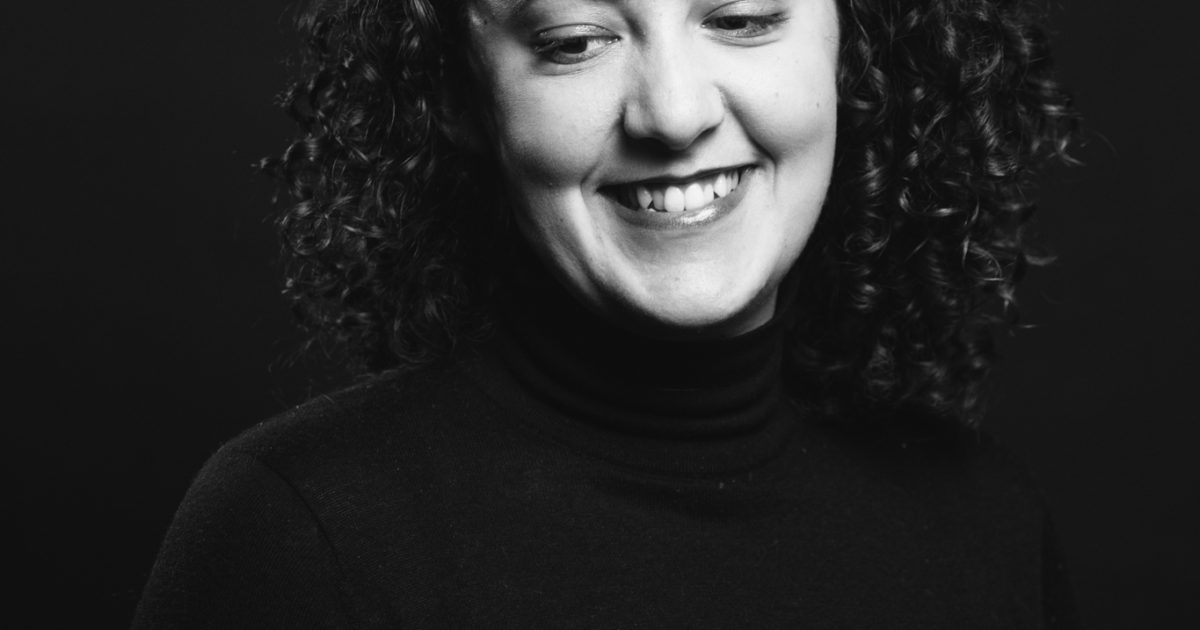
Because Microsoft is so diverse, and there are “very few bubbles you can live in��—you’re exposed to a broad range of opinions and thoughts. What’s the advantage of that environment? “The conversations and challenges are more interesting,” says Ulgen. “Good design is design that solves a problem well, and to do that you need a pretty rich understanding of the world and a rich sensibility of the people you’re designing for,” she says.
Gough agrees with Ulgen. He thinks the most important skill designers can have today is the ability to “look at things holistically—to think about what the product is or what the product should be.” Part of developing that holistic point of view is to “develop your humanity. Value every single experience. You want to bring as many perspectives as possible.”
Gough appreciates that a designer in the digital field “can draw something, and see it widely used in one or two months. You constantly get feedback, which accelerates your own personal growth,” he says.

